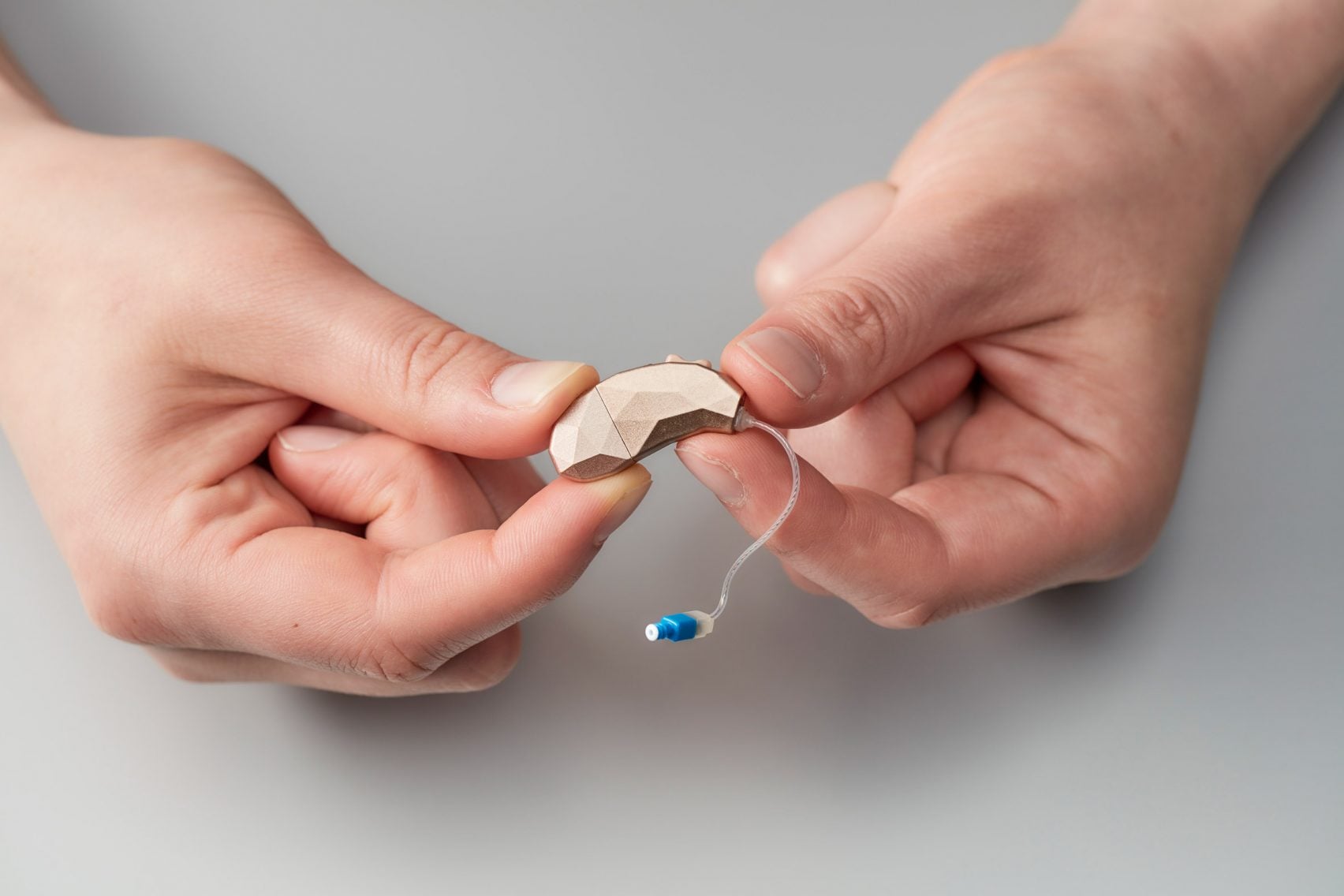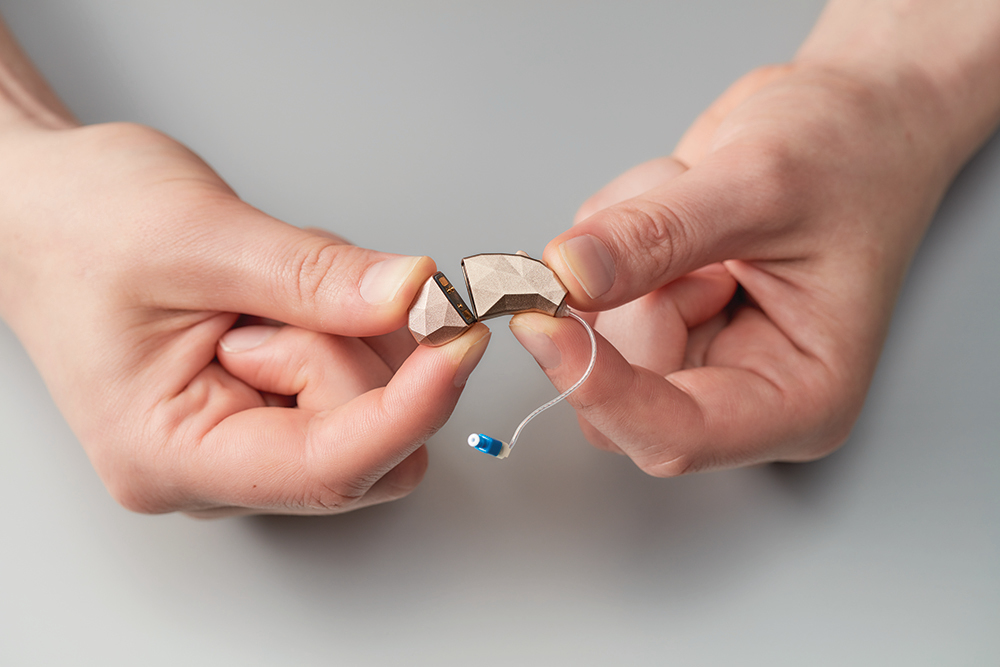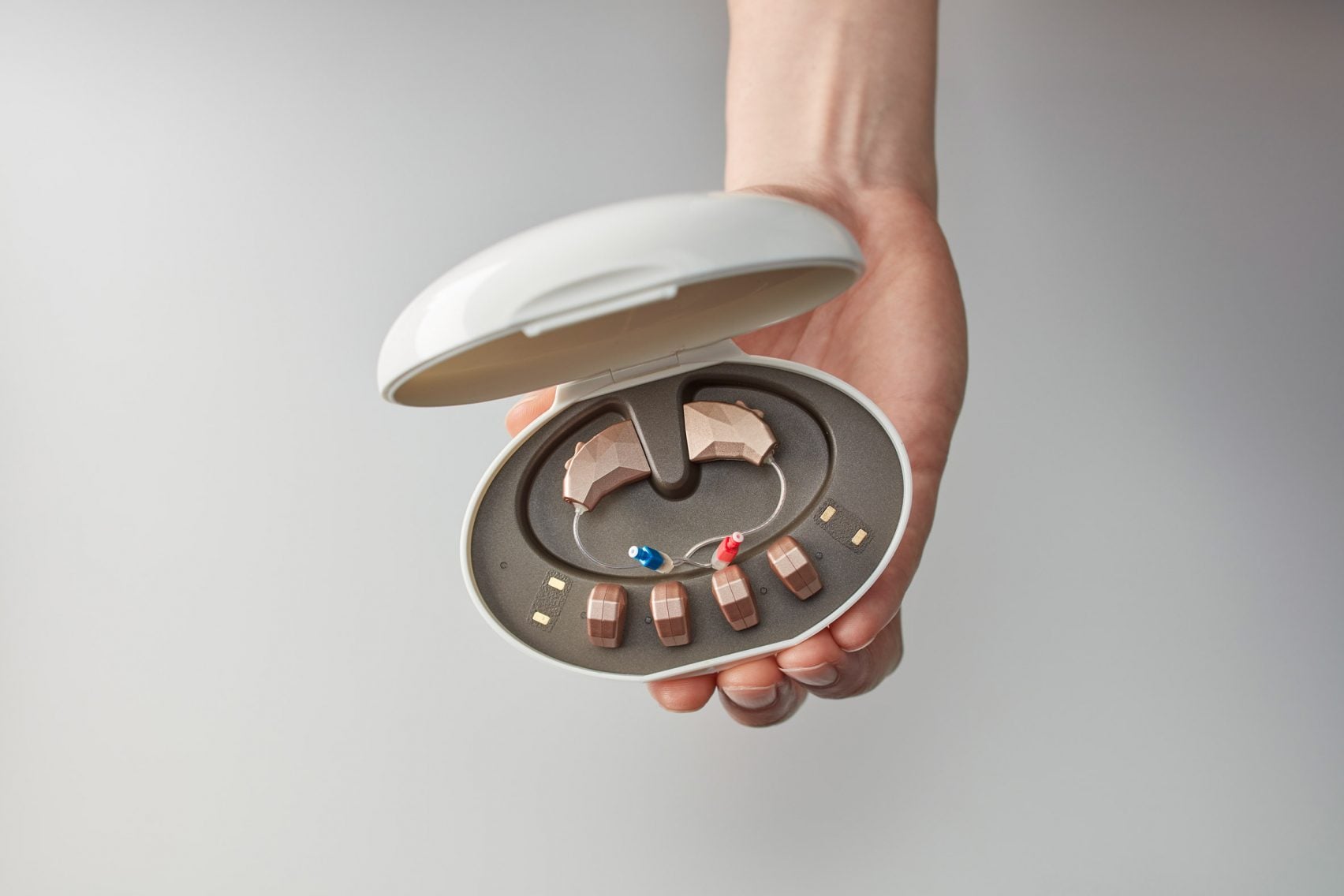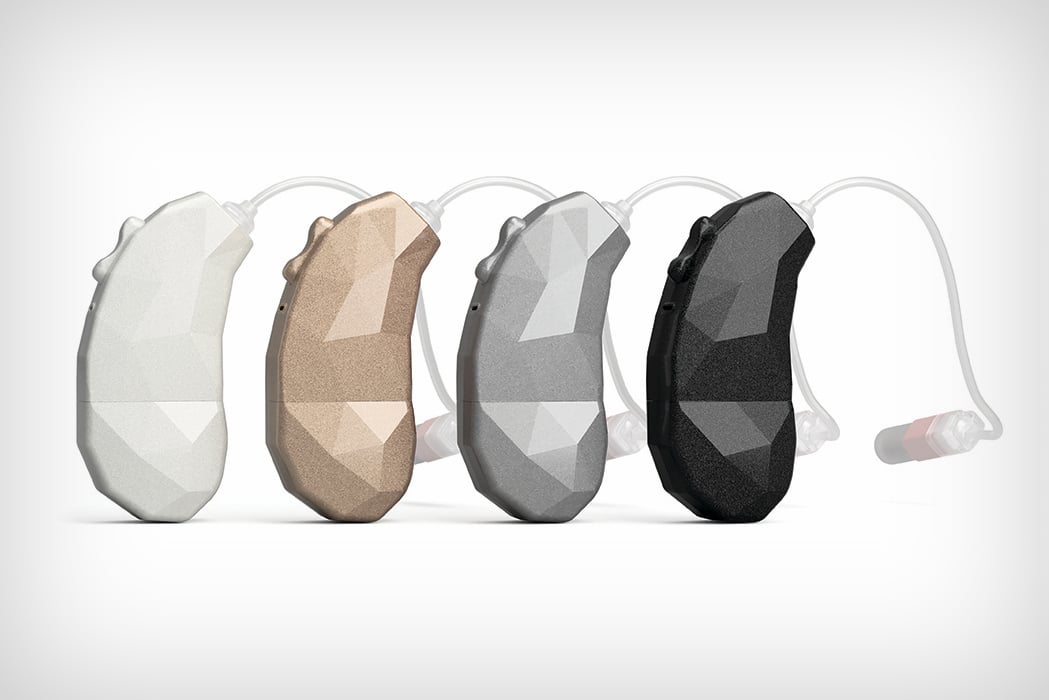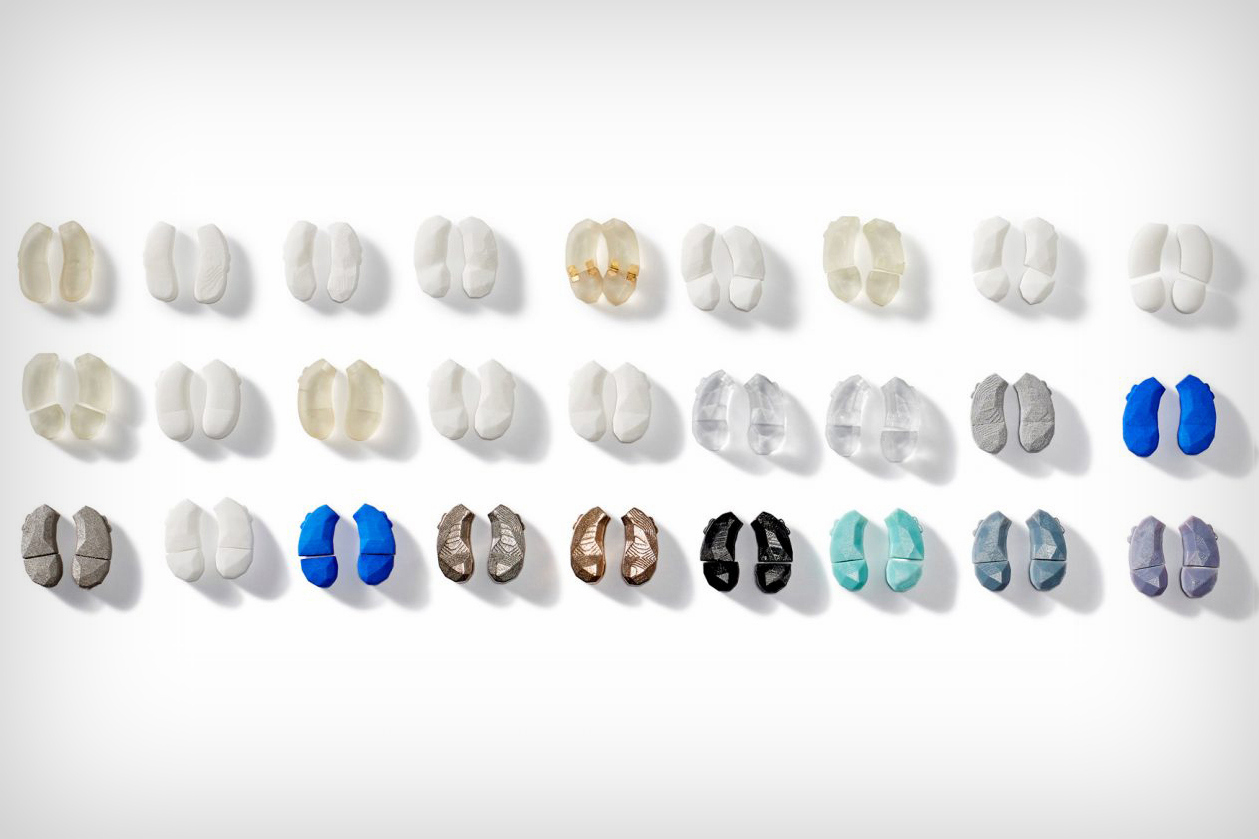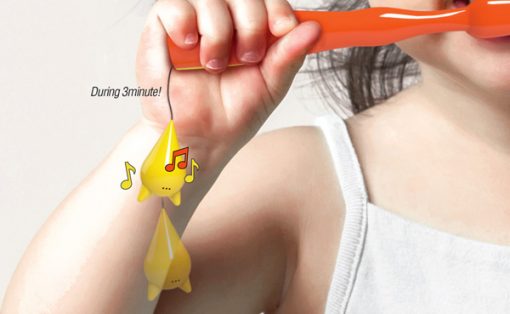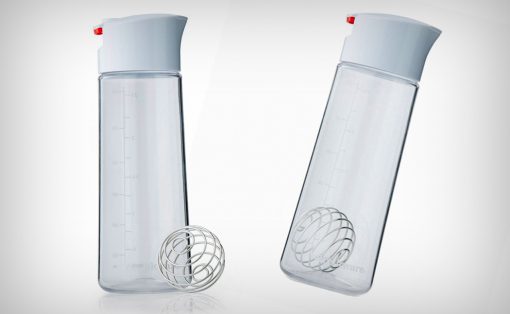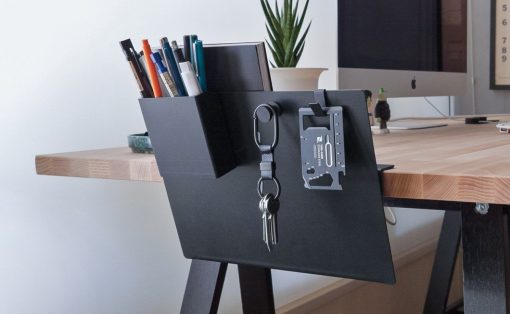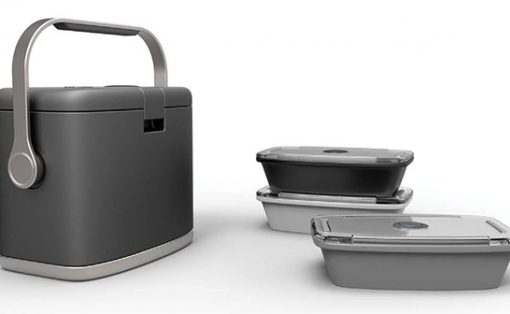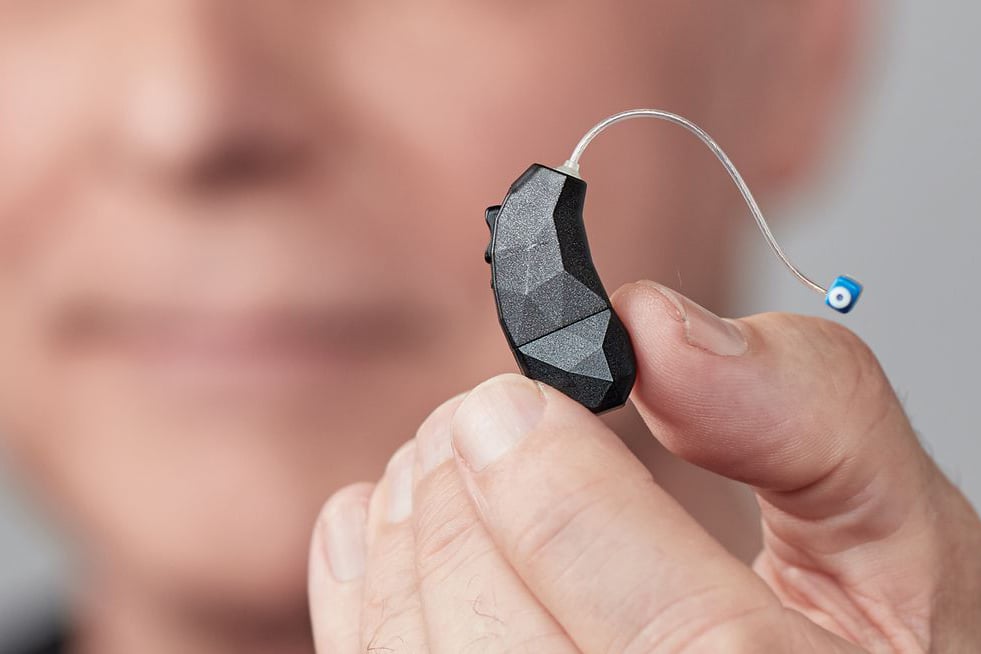
My disdain for medical products that look ‘clinical’ isn’t really a secret. I’ve been openly critical of medical products that put function above aesthetics, because healing isn’t a purely physical process, it’s an emotional and mental one too. Integrating medical design and fashion design (in its broadest sense possible) is, in my book, one of the biggest areas where designers can intervene to create products that don’t just save lives, but enrich them too.
Designed with an aesthetic that borrows from jewelry design, the Facett hearing aids feel less like medical-aid devices and more like precious accessories that people would want to wear. “Facett seeks to shift the stigma of hearing loss, to move these devices from disability to desirability,” says designer Leah Heiss. “All too often products in the category of ‘therapeutic technologies’ are medical-looking, created in skin tones — or ‘disabled beige’ as I refer to it.”
She looked to the minerals in the Melbourne Museum to inspire a different direction for Facett. The device’s colour, surface texture deviates from the norms of using beige to camouflage, and rather takes inspiration from crystals and gemstones to stand out… shifting the product’s aesthetic from disability to empowerment, both through enabling hearing as well as increasing one’s self-esteem.
The Facett come with detachable battery modules that snap on and off the hearing aid. The carrying case designed for the aids also act as wireless chargers for the batteries (borrowing from the charging techniques pioneered by truly wireless earphones), and the case comes with a spare set of batteries too, letting users keep a spare set for when one set runs out.
Designer: Leah Heiss for Blamey Saunders Hears
